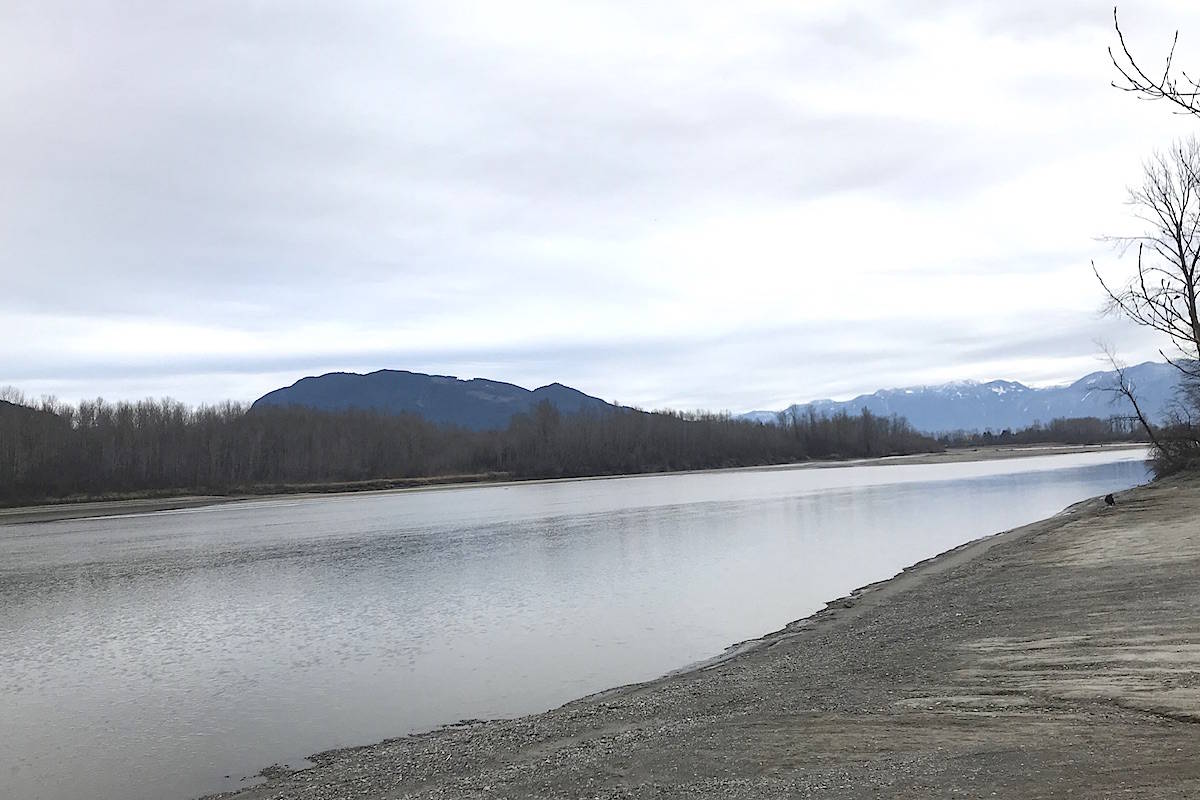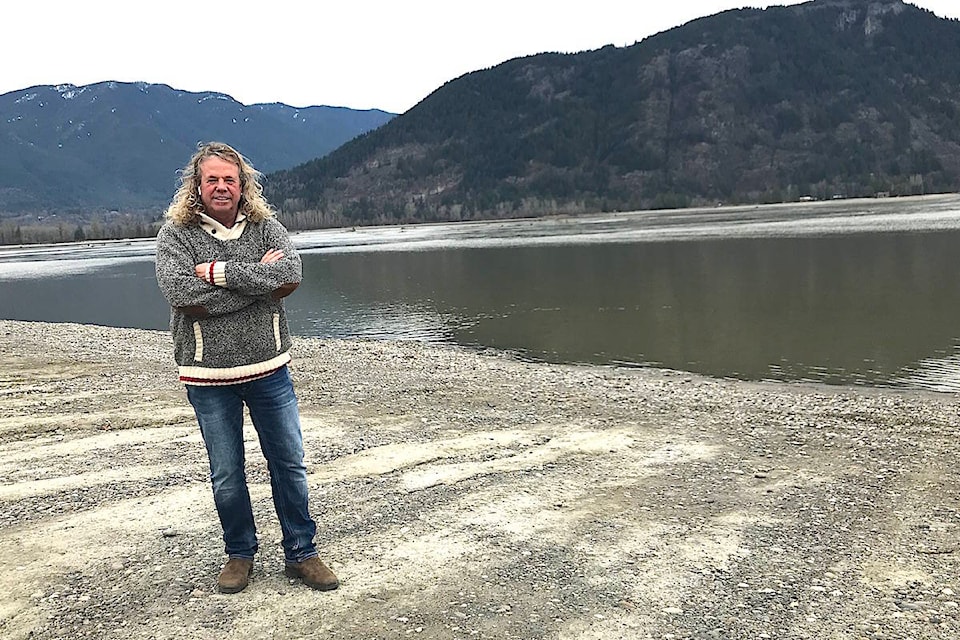The sportfishing season on the Fraser River was almost a complete write-off as a result of the double-whammy of serious conservation concerns and the Big Bar landslide.
That’s the word on the 2019 season, according to Dean Werk, president of the Fraser Valley Salmon Society, and there’s lots of work to be done to avoid another disastrous season in 2020.
The Big Bar slide on the Fraser, which saw a Herculean multi-agency effort to get trapped fish past a rockslide, played a key role. There was only a short window to take action before fish returned to the river last summer, and government officials did everything possible together with area First Nations to restore some form of natural fish passage for spawners by September.
READ MORE: Sockeye head down to Cultus Lake lab
But there were no recreational salmon fishery openings in the non-tidal portions of the Fraser all season long, Werk said. It was also described as the worst commercial fishing season in 50 years by fishing industry leaders.
The pre-season estimate was for a median forecast of almost five million sockeye salmon to return to the Fraser River, but by the end of summer 2019, it was clear it wouldn’t come anywhere close to that number. One estimate was that only 600,000 fish eventually made it to spawning grounds.
“At the onset of the season in early March, we were looking at projected numbers and it looked quite positive for our area,” Werk, who owns Great River Fishing Adventures, an Indigenous fishing company. “The likelihood was for some pinks (fishery openings), a remote chance with sockeye, and maybe even with chinook, and then coho and chum on the tail-end of that.
“The Big Bar slide, of course, curtailed virtually all of those opportunities. And that is terrible for our local economy,” Werk commented.
Of course visitors will still come to the region to fish for sturgeon.
“But with the dwindling number of salmon stocks, if we have no salmon, it will eventually mean no sturgeon, and what will that do to the tourism and visitor numbers?” he said.
Sportfishing is a huge economic driver in the region and in Chilliwack in particular.
“Chilliwack’s number one tourism product is sportfishing,” Werk said. “It attracts people from all over the world, and it’s great for our economy.”
That economic engine will suffer greatly if the emphasis by DFO is not placed on rebuilding and protecting salmon stocks, as well as habitat protection. Werk would also like to see a long-term strategy to conserve wild salmon.
Sockeye are very important to First Nations for food, social and ceremonial fisheries. Those FSC fisheries were curtailed and ended up at an all-time low.
“So this is a wakeup call,” Werk said, adding that the rest of the blockage still needs to be removed at Big Bar.
“Let’s find a way to let those 2020 salmon migrate through so we have wild salmon for future generations.”
DFO officials are cognizant of the crucial importance of salmon to the province, as they prepare for the 2020 season by pursuing and planning operations to support salmon migration, if need be.
“The health of Pacific salmon is a central priority for DFO in B.C., and we will continue to work with our Indigenous and community partners to protect this critically important species,” said Leri Davies, spokesperson for Fisheries and Oceans Canada.
Sustained efforts will be needed both in the short and long-term to reduce the impact of the Big Bar landslide on future salmon stocks, and they will be working closely with partners on this as well, Davies said.
“The next phase of the Big Bar Landslide response is well underway to address the slide, which remains a barrier to fish passage with a rise in water levels,” the DFO rep said.
DFO is in the process now of finalizing results of fish migration, spawning and mortality levels due the landslide, which will come from extensive data review, statistical bias testing and salmon sampling data from spawning grounds.
A tender went out Nov. 27 from DFO to gather input from industry and First Nations to determine available solutions, as well as interest and marketplace potential for the construction and environmental remediation services needed to re-establish natural fish passage on the Fraser River.
“The intention is to ensure that construction activities begin as soon as possible, and while water levels in the Fraser River are low,” Davies concluded.
READ MORE: Natural fish passage the goal at Big Bar
@CHWKjourno
jfeinberg@theprogress.com
Like us on Facebook and follow us on Twitter.




